The 11 biggest unanswered questions about dark matter
Dark Matter Web
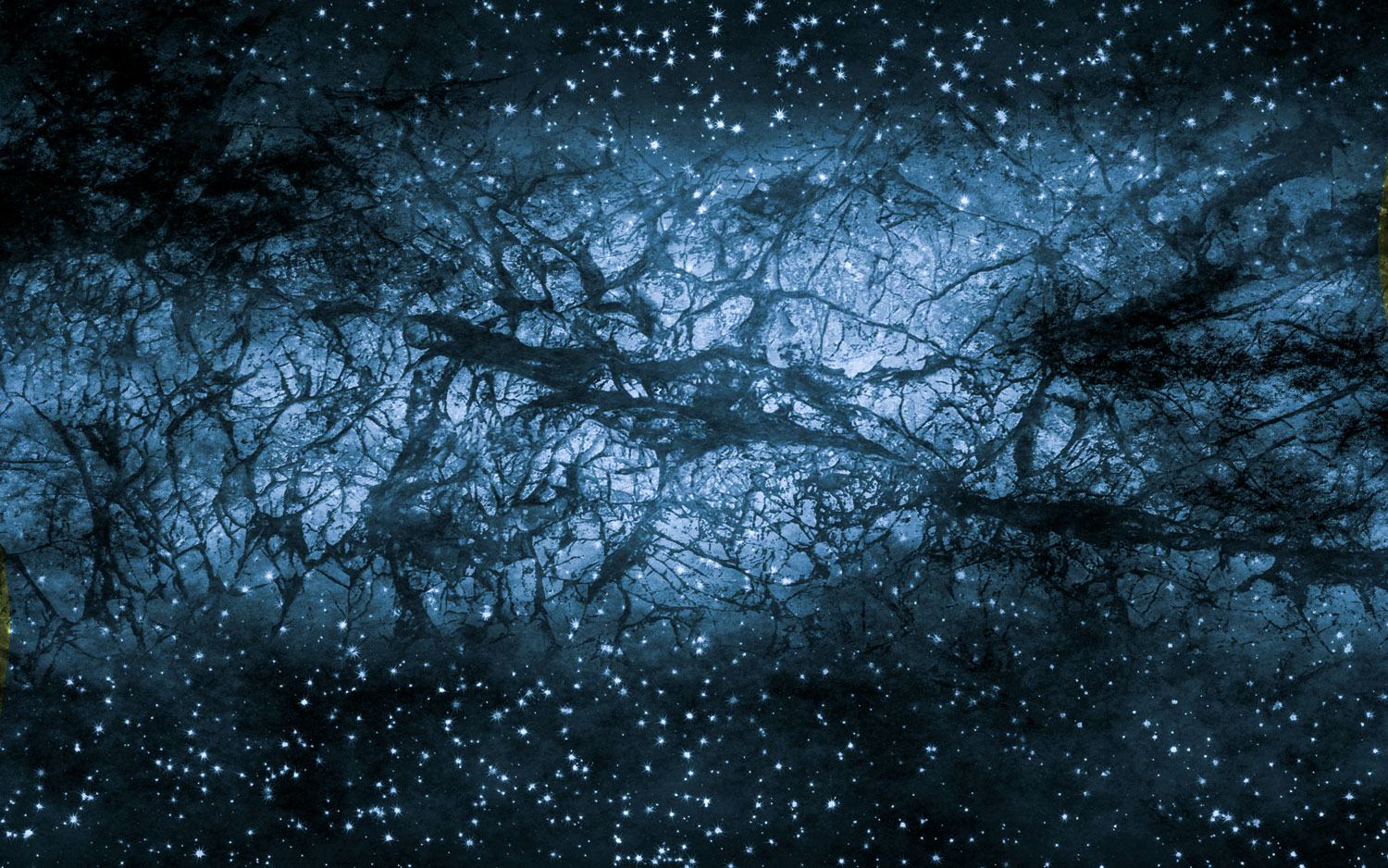
In the 1930s, a Swiss astronomer named Fritz Zwicky noticed that galaxies in a distant cluster were orbiting one another much faster than they should have been given the amount of visible mass they had. He proposed than an unseen substance, which he called dark matter, might be tugging gravitationally on these galaxies.
Since then, researchers have confirmed that this mysterious material can be found throughout the cosmos, and that it is six times more abundant than the normal matter that makes up ordinary things like stars and people. Yet despite seeing dark matter throughout the universe, scientists are mostly still scratching their heads over it. Here are the 11 biggest unanswered questions about dark matter.
What is dark matter?
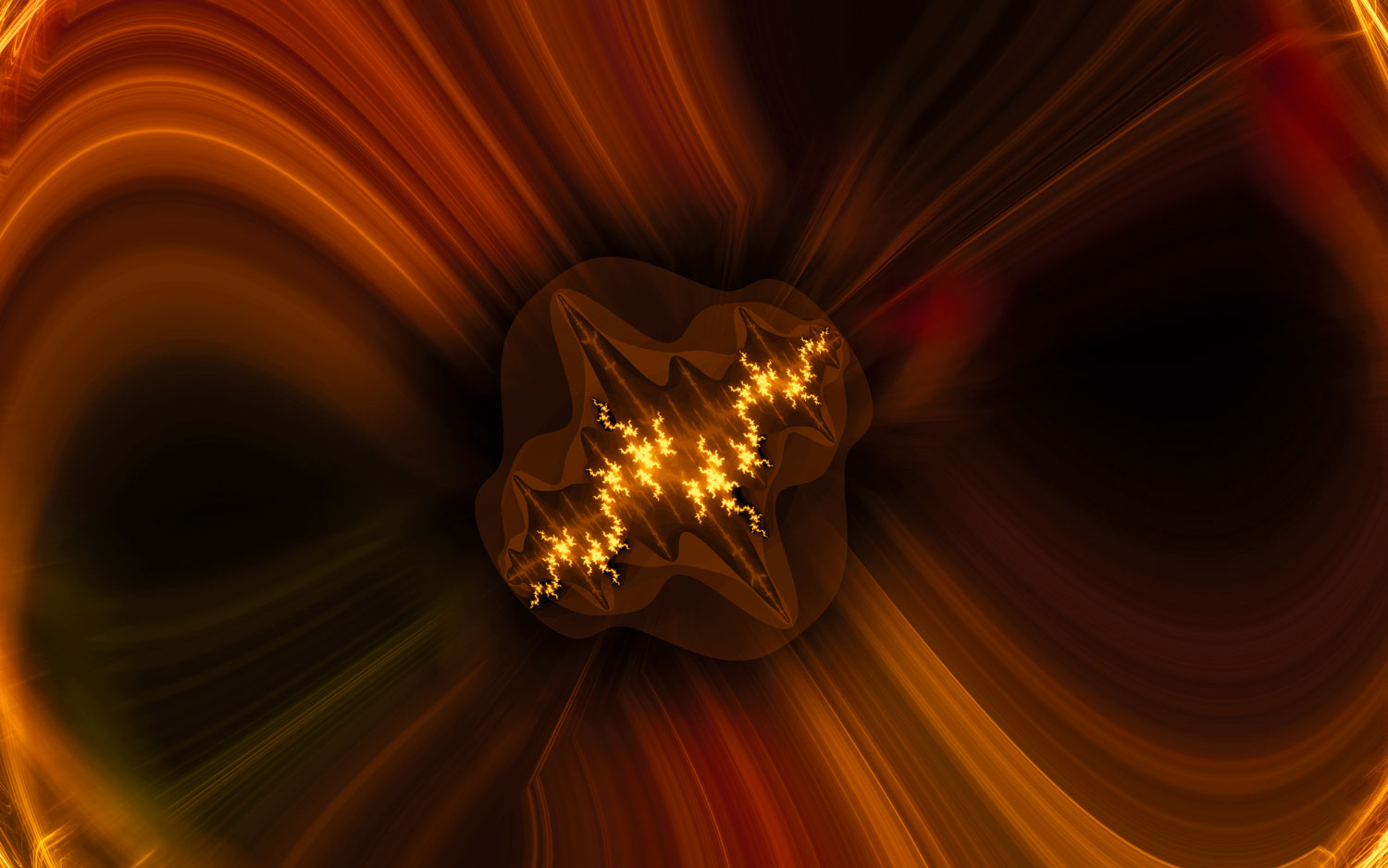
First and perhaps most perplexingly, researchers remain unsure about what exactly dark matter is. Originally, some scientists conjectured that the missing mass in the universe was made up of small faint stars and black holes, though detailed observations have not turned up nearly enough such objects to account for dark matter's influence, as physicist Don Lincoln of the U.S. Department of Energy's Fermilab previously wrote for Live Science. The current leading contender for dark matter's mantle is a hypothetical particle called a Weakly Interacting Massive Particle, or WIMP, which would behave sort of like a neutron except would be between 10 and 100 times heavier than a proton, as Lincoln wrote. Yet, this conjecture has only led to more questions — for instance…
Can we detect dark matter?

If dark matter is made from WIMPs, they should be all around us, invisible and barely detectable. So why haven't we found any yet? While they wouldn't interact with ordinary matter very much, there is always some slight chance that a dark-matter particle could hit a normal particle like a proton or electron as it travels through space. So, researchers have built experiment after experiment to study huge numbers of ordinary particles deep underground, where they are shielded from interfering radiation that could mimic a dark-matter-particle collision. The problem? After decades of searching, not one of these detectors has made a credible discovery. Earlier this year, the Chinese PandaX experiment reported the latest WIMP nondetection. It seems likely that dark-matter particles are much smaller than WIMPs, or lack the properties that would make them easy to study, physicist Hai-Bo Yu of the University of California, Riverside, told Live Science at the time.
Does dark matter consist of more than one particle?

Ordinary matter is made up of everyday particles like protons and electrons, as well as a whole zoo of more exotic particles like neutrinos, muons and pions. So, some researchers have wondered if dark matter, which makes up 85 percent of the matter in the universe, might also be just as complicated. "There is no good reason to assume that all the dark matter in the universe is built out of one type of particle," physicist Andrey Katz of Harvard University said to Space.com, Live Science's sister site. Dark protons could combine with dark electrons to form dark atoms, producing configurations as diverse and interesting as those found in the visible world, Katz said. While such proposals have increasingly been imagined in physics labs, figuring out a way to confirm or deny them has so far eluded scientists. [Strange Quarks and Muons, Oh My! Nature's Tiniest Particles Dissected]
Do dark forces exist?

Along with additional particles of dark matter, there is the possibility that dark matter experiences forces analogous to those felt by regular matter. Some researchers have searched for "dark photons," which would be like the photons exchanged between normal particles that give rise to the electromagnetic force, except they would be felt only by dark matter particles. Physicists in Italy are gearing up to smash a beam of electrons and their antiparticles, known as positrons, into a diamond, as Live Science previously reported. If dark photons do exist, the electron-positron pairs could annihilate and produce one of the strange force-carrying particles, potentially opening a brand-new sector of the universe.
Could dark matter be made of axions?
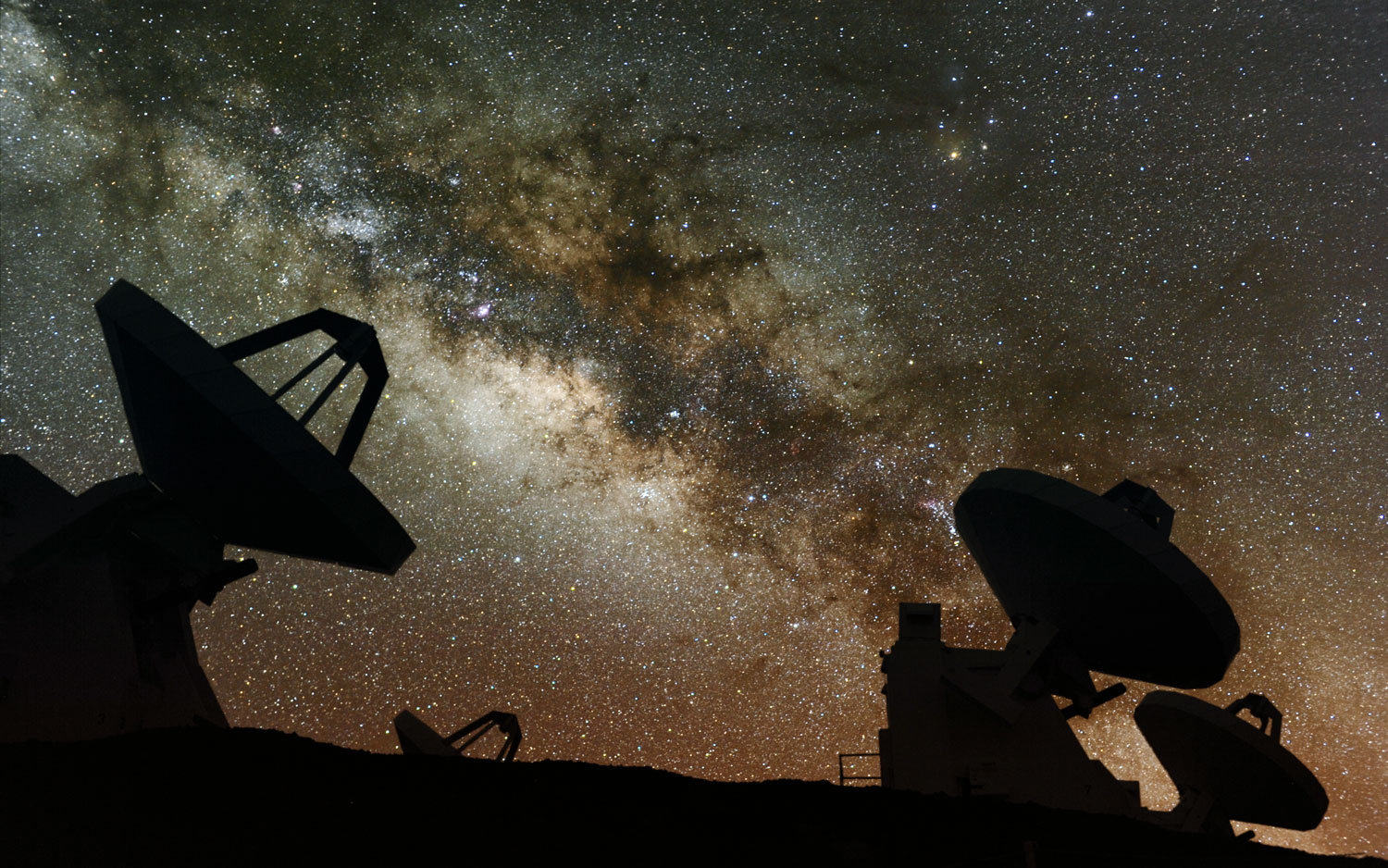
As physicists increasingly fall out of love with WIMPs, other dark-matter particles are starting to gain favor. One of the leading replacements is a hypothetical particle known as an axion, which would be extremely light, perhaps as little as 10 raised to the 31st power less massive than a proton. Axions are now being searched for in a few experiments. Recent computer simulations have raised the possibility that these axions could form star-like objects, which might produce detectable radiation that would be quite similar to mysterious phenomena known as fast-radio bursts, as Live Science previously reported.
What are the properties of dark matter?

Astronomers discovered dark matter through its gravitational interactions with ordinary matter, suggesting that this is its main way of making its presence known in the universe. But when trying to understand the true nature of dark matter, researchers have remarkably little to go on. According to some theories, dark-matter particles should be their own antiparticles, meaning that two dark-matter particles would annihilate with one another when they meet. The Alpha Magnetic Spectrometer (AMS) experiment on the International Space Station has been searching for the telltale signs of this annihilation since 2011and has already detected hundreds of thousands of events. Scientists still aren't sure if these are coming from dark matter, and the signal has yet to help them pin down exactly what dark matter is.
Does dark matter exist in every galaxy?
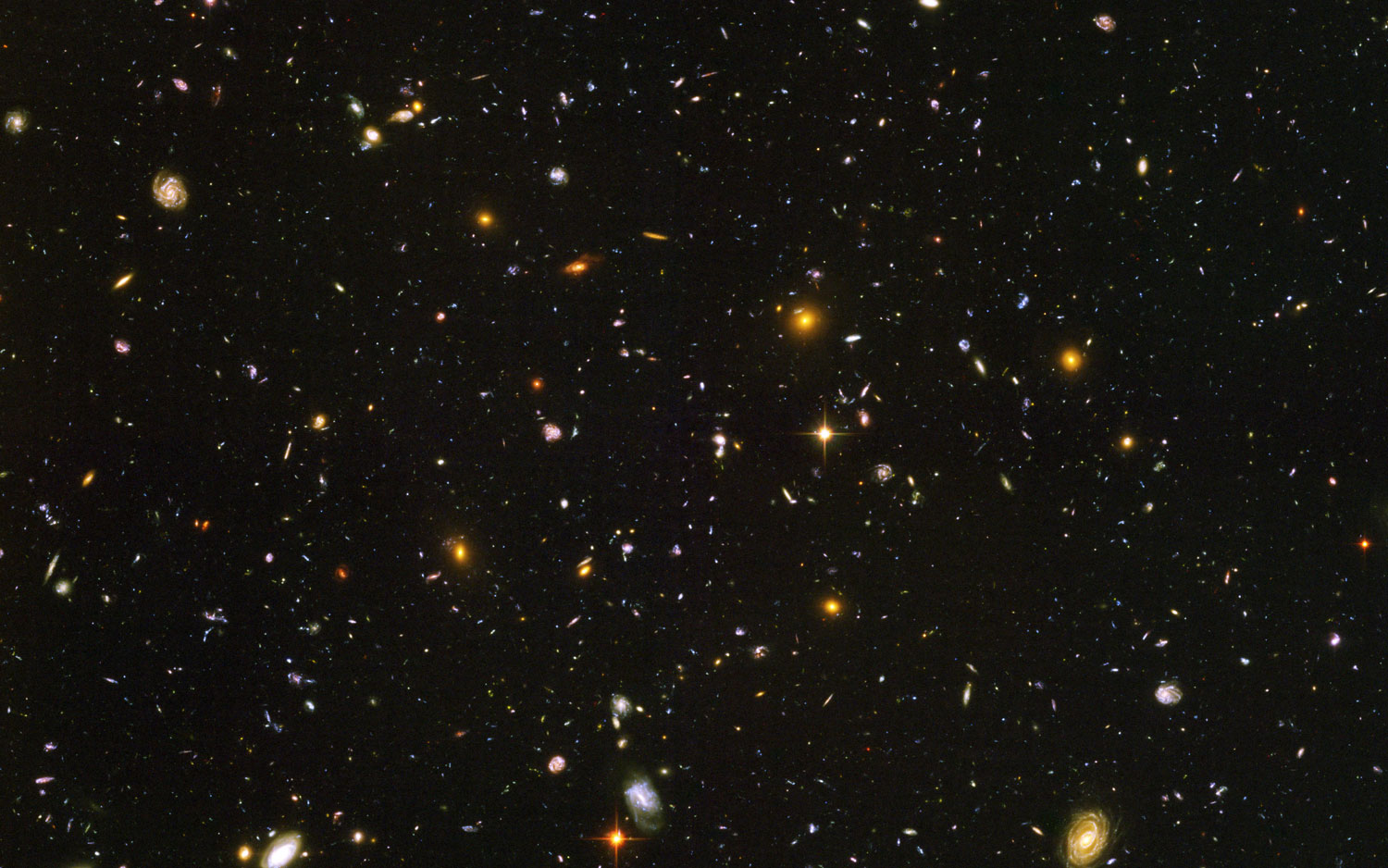
Because it so massively outweighs ordinary matter, dark matter is often said to be the controlling force that organizes large structures such as galaxies and galactic clusters. So, it was strange when, earlier this year, astronomers announced that they had found a galaxy named NGC 1052-DF2 that seemed to contain hardly any dark matter at all. "Dark matter is apparently not a requirement for forming a galaxy," Pieter van Dokkum of Yale University told Space.com at the time. However, over the summer, a separate team posted an analysis suggesting that van Dokkum's team had mismeasured the distance to the galaxy, meaning its visible matter was much dimmer and lighter than the first findings and that more of its mass was in dark matter than was previously suggested.
What's up with the DAMA/LIBRA results?

A long-standing mystery in particle physics are the puzzling results of a European experiment known as DAMA/LIBRA. This detector — located in an underground mine below the Gran Sasso mountain in Italy — has been searching for a periodic oscillation in dark matter particles. This oscillation should arise as the Earth moves in its orbit around the sun while flying through the galactic stream of dark matter surrounding our solar system, sometimes called the dark matter wind. Since 1997, DAMA/LIBRA has claimed to see exactly this signal, though no other experiment has seen anything like this.
Could dark matter have an electrical charge?
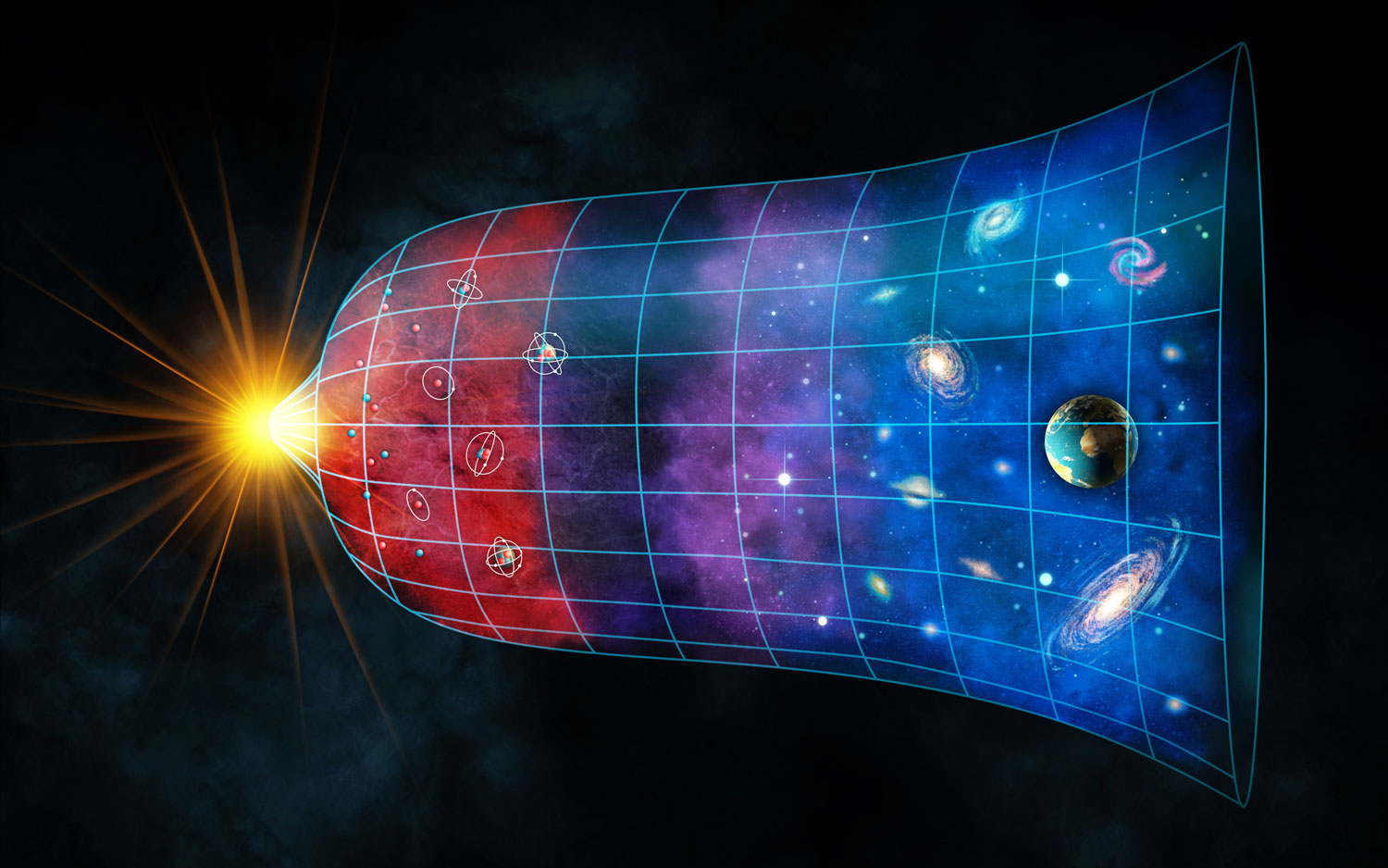
A signal from the beginning of time has led some physicists to suggest that dark matter might have an electrical charge. Radiation with a wavelength of 21 centimeters was emitted by stars in the universe's infancy, just 180 million years after the Big Bang. It was then absorbed by cold hydrogen that was around at the same time. When this radiation was detected in February of this year, its signature suggested that the hydrogen was much colder than scientists had predicted. Astrophysicist Julian Muñoz of Harvard University hypothesized that dark matter with an electrical charge could have drawn heat away from the all-pervasive hydrogen, sort of like ice cubes floating in lemonade, as he told Live Science at the time. But the conjecture has yet to be confirmed.
Can ordinary particles decay into dark matter?
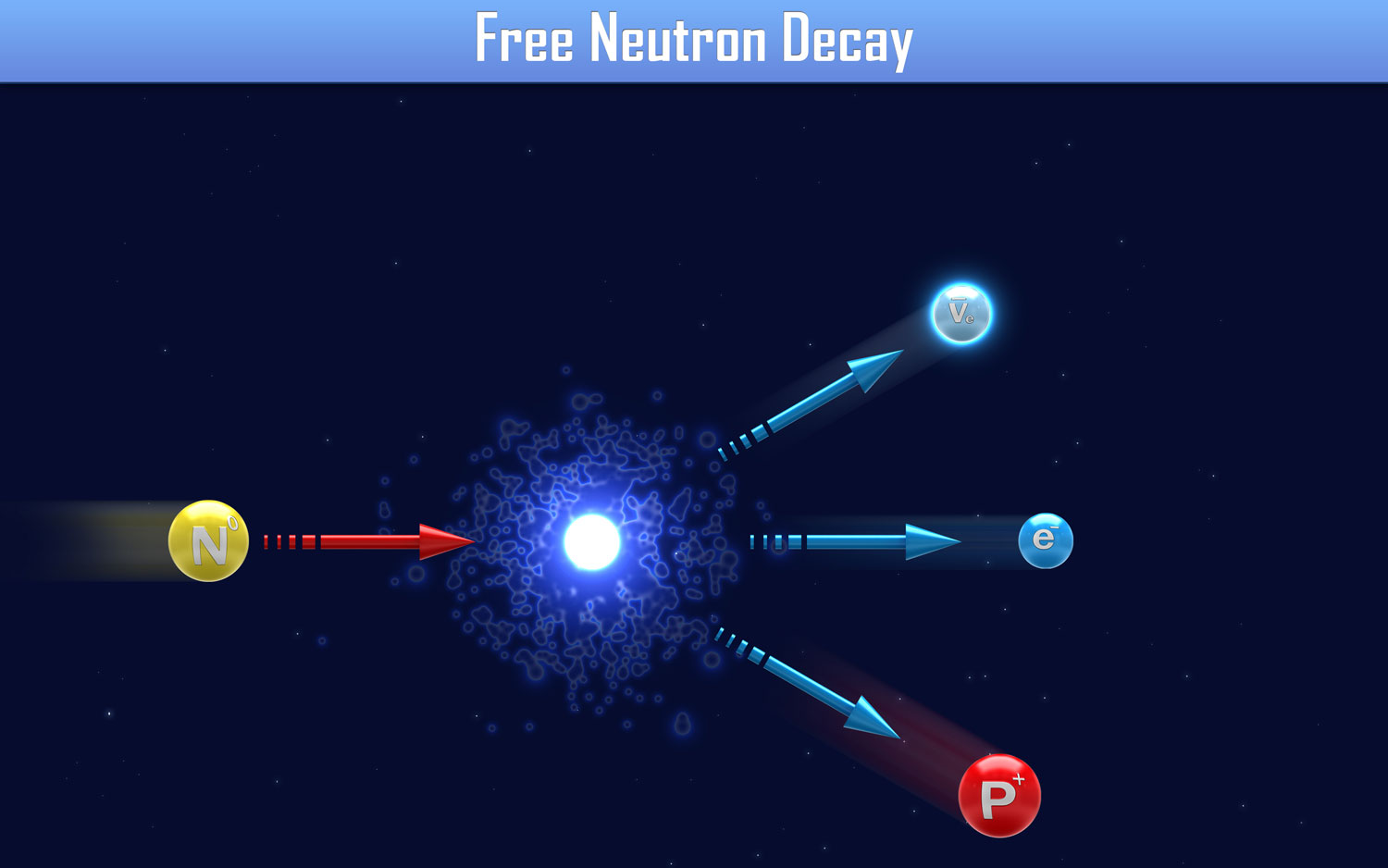
Neutrons are regular matter particles with a limited lifetime. After around 14.5 minutes, a lone neutron unmoored from an atom will decay into a proton, an electron and a neutrino. But two different experimental setups give slightly different lifetimes for this decay, with the discrepancy between them about 9 seconds, according to experiments cited in a July study in the journal Physical Review Letters. Earlier this year, physicists suggested that if 1 percent of the time, some neutrons were decaying into dark-matter particles, it could account for this anomaly. Christopher Morris from the Los Alamos National Laboratory, in New Mexico, and his team monitored neutrons for a signal that could be dark matter but were unable to detect anything. They suggested that other decay scenarios might still be possible, according to the study.
Does dark matter actually exist?
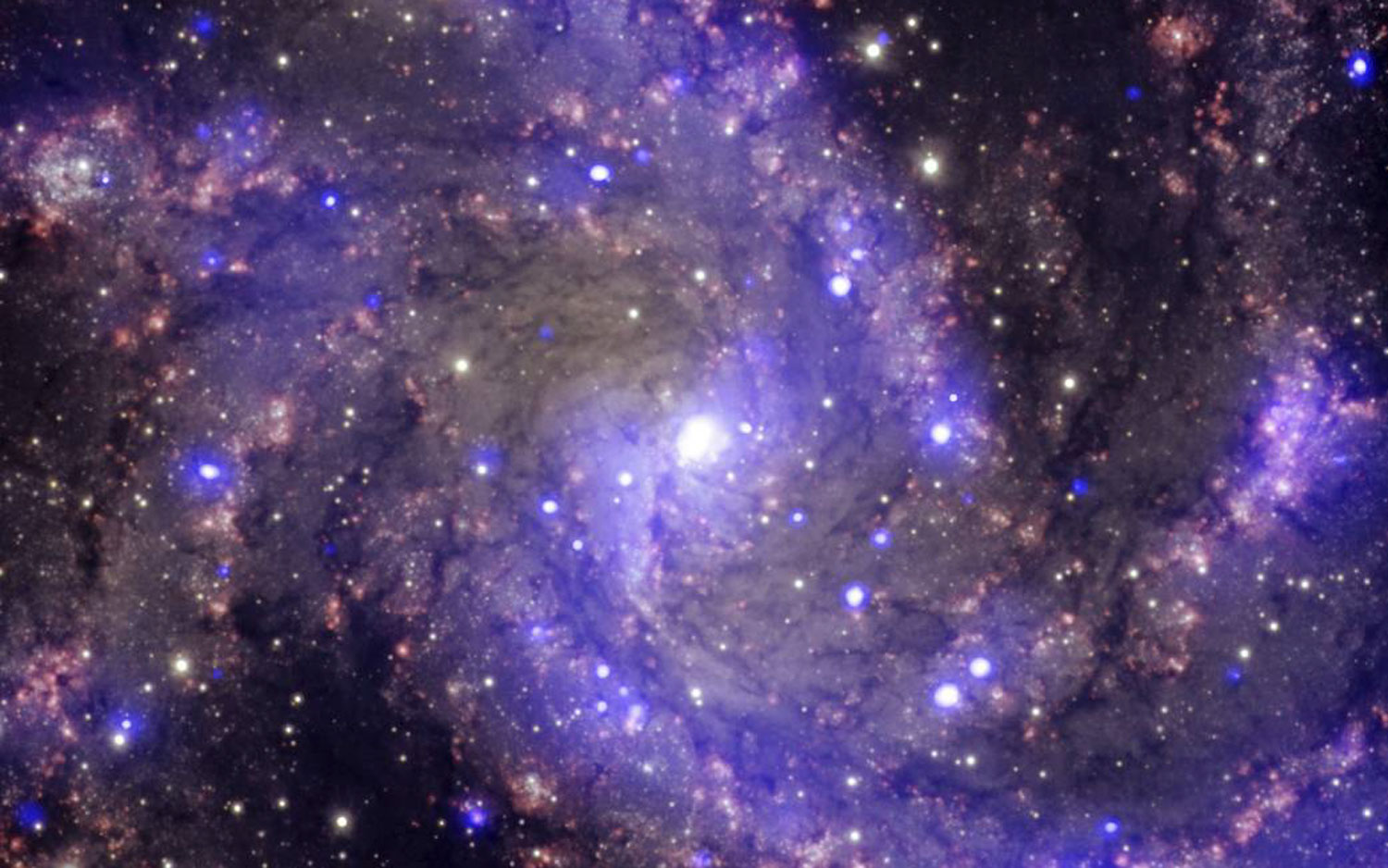
Given the difficulties that scientists have faced trying to detect and explain dark matter, a reasonable questioner might wonder if they're going about it all wrong. For many years, a vocal minority of physicists have pushed the idea that perhaps our theories of gravity are simply incorrect, and that the fundamental force works differently on large scales than we expect. Often known as "modified Newtonian dynamics," or MOND models, these suggestions posit that there is no dark matter and the ultrafast speeds at which stars and galaxies are seen to rotate around one another is a consequence of gravity behaving in surprising ways. "Dark matter is still an unconfirmed model," wrote physicist Don Lincoln in an explainer for Live Science. Yet the detractors have yet to convince the larger field of their ideas. And the latest evidence? It also suggests that dark matter is real.
Sign up for the Live Science daily newsletter now
Get the world’s most fascinating discoveries delivered straight to your inbox.

Adam Mann is a freelance journalist with over a decade of experience, specializing in astronomy and physics stories. He has a bachelor's degree in astrophysics from UC Berkeley. His work has appeared in the New Yorker, New York Times, National Geographic, Wall Street Journal, Wired, Nature, Science, and many other places. He lives in Oakland, California, where he enjoys riding his bike.










